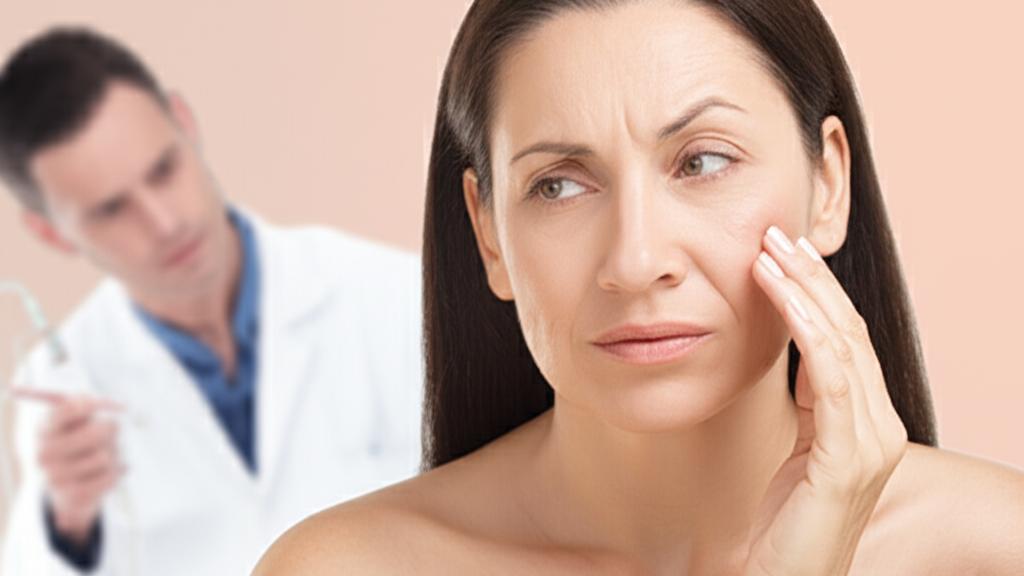I’ve had patients sit in my office, tracing the lines on their face in the small hand mirror I keep on my desk. They talk about old acne scars from their teen years or the fine lines that seem to have appeared overnight. There’s a frustration there, a feeling that the person they see in the reflection doesn’t quite match how they feel inside. For many, that’s when the conversation turns to procedures like microneedling, a treatment that’s gained a lot of attention for its ability to help refresh and rejuvenate the skin.
It sounds a bit strange, I know. The idea of using tiny needles on your skin to make it look better seems counterintuitive. But there’s real science behind it.
What Exactly Is Microneedling?
Think of microneedling as a way to gently wake up your skin’s own healing powers. It’s a minimally invasive procedure where a trained professional—often a dermatologist or plastic surgeon—uses a device with very thin, short needles to create tiny, controlled punctures in the top layer of your skin.
These micro-injuries are just enough to signal your body to jumpstart its repair process. This process includes producing more collagen and elastin, the two essential proteins that act like the scaffolding for your skin, keeping it firm, plump, and smooth. As we age, we naturally produce less of this good stuff, which is where things like wrinkles and sagging can start. Microneedling essentially gives your skin a friendly nudge to get back to work.
It’s most often done on the face, but we can use it on other areas, too—like the neck, back, or legs to address stretch marks or other concerns.
It’s important to distinguish this from microdermabrasion. Microdermabrasion is more like a superficial exfoliation, sanding down the very top layer. Microneedling goes a little deeper to tackle issues that live beneath the surface, like stubborn acne scars.
Is This Procedure Right for You?
Deciding on any cosmetic procedure is a personal choice. To help you think it through, I’ve broken down who typically sees great results and who should pause and have a more in-depth chat with their doctor first.
| Microneedling Can Be a Great Option If You’re Concerned About… | Let’s Talk First If You… |
|---|---|
|
|
| Always discuss your full health history with your provider. Honesty is key to a safe and effective treatment! | |
The Microneedling Journey: What to Expect
If you decide to move forward, the process is pretty straightforward. Here’s a look at what happens.
H3: Before Your Appointment
It all starts with a consultation. Your provider will examine your skin, talk about your goals, and review your medical history. This is your time to ask everything you’re wondering about! About a month before, we might suggest you start using a vitamin A or C cream to prep your skin and get that collagen production process warmed up.
H3: During the Procedure
First things first, your skin will be cleaned, and a numbing cream (like lidocaine) will be applied. This sits for about 30-45 minutes to make sure you’re comfortable.
Then, the provider will use a special tool—either a manual roller or an electric pen-like device—and gently move it across your skin. The electric tools are great because we can adjust the needle depth (from 0.5 mm to 2 mm) for different areas or concerns, like deeper scars.
You’ll likely feel a scratching or warm sensation. It can be a little more intense over bony spots like your cheekbones. A little bit of pinpoint bleeding is normal, especially with deeper treatments. The whole thing can take anywhere from 15 minutes to an hour or so, depending on the size of the area.
H3: After You Go Home
This is an outpatient procedure, so you can head home right after. Your skin will likely be red and a bit swollen for a few days, kind of like a mild sunburn. An ice pack can feel really soothing. Most people feel comfortable putting on makeup the next day, but the most important rule is to stay out of the sun while your skin heals.
Potential Risks and Side Effects
Microneedling is very safe when done by a qualified professional. But like any procedure, there are some small risks we always discuss:
- Bruising
- Peeling or dry skin
- Scarring (this is rare)
- Skin infection (this is why post-procedure care is so important!)
It’s also important to contact your doctor if you notice any bleeding that lasts more than 24 hours, blistering, or swelling that doesn’t go down after a week.
Take-Home Message
- Microneedling uses tiny needles to stimulate your skin’s natural collagen and elastin production, helping to improve texture and appearance.
- It’s effective for fine lines, mild acne scars, enlarged pores, and uneven skin tone.
- This is not a one-and-done treatment. You’ll likely need several sessions (usually 3-8 weeks apart) to see the best results.
- Results aren’t instant. It can take 3 to 6 months to see the full effect as your skin rebuilds. Maintenance treatments once a year are often recommended.
- Always choose a licensed, experienced professional. This is not a procedure to try with at-home kits, which can be ineffective and unsafe.
Feeling good about your skin is a journey, and there are more options now than ever before. If you’re curious, the first step is always just a conversation. You’re not alone in this.


